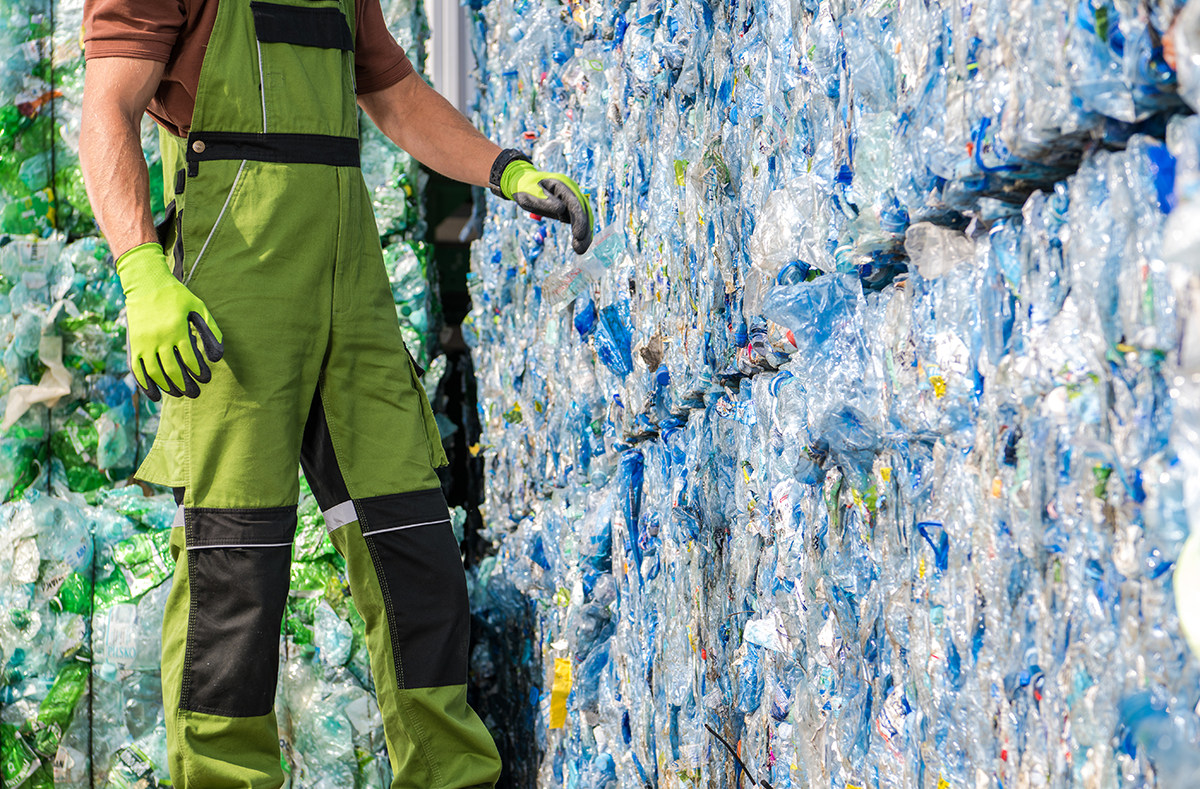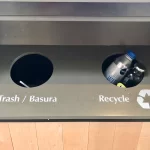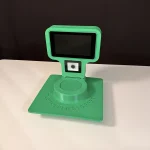The value of recycled materials, especially plastic and aluminum beverage containers, depends on more than just what we toss in the bin. It’s shaped by the systems that collect, sort, and process our recyclables, and by how well we, as consumers, participate in those systems. Improving both infrastructure and consumer engagement is the key to maximizing the economic and environmental benefits of recycling.
Why Infrastructure Matters
A modern, efficient recycling infrastructure is the backbone of any successful recycling program. According to the EPA’s 2024 U.S. Recycling Infrastructure Assessment, an investment of $36.5 to $43.4 billion is needed to upgrade curbside collection, drop-off centers, and processing facilities nationwide. Such improvements could nearly double the U.S. recycling rate, raising it from 32% to 61% and recovering up to 89 million additional tons of material each year (EPA, 2024). Advanced sorting technologies and expanded processing capacity ensure that collected materials are high-quality and ready for use in new products, making them more valuable to manufacturers.
The Power of Consumer Engagement
Even the best infrastructure can’t succeed without active consumer participation. Studies show that when consumers are educated, incentivized, and provided with convenient recycling options, both the quantity and quality of recyclables improve. For example, a 2025 study in the International Journal of Environmental Science and Technology found that incentive-based recycling systems, supported by real-time data and user-friendly technology, significantly boost recycling rates and reduce contamination (Ibrahim & Jianxin, 2025). Deposit return systems and targeted education campaigns are proven ways to encourage better recycling habits.
Maximizing Value: The Synergy
When robust infrastructure meets engaged consumers, the result is a steady stream of clean, well-sorted recyclables. This not only reduces processing costs but also increases the market value of recycled materials. The Recycling Partnership’s 2024 report on Extended Producer Responsibility (EPR) policies highlights that such synergy can recapture millions in lost material value and drive recycling rates as high as 75% in some regions (The Recycling Partnership, 2024).
Waste Wise Innovation: Your Partner in Progress
At Waste Wise Innovation, we specialize in bridging the gap between infrastructure and engagement. Our team designs and implements advanced recycling systems, from smart collection and sorting technologies to digital platforms that incentivize consumer participation. We help municipalities and businesses modernize their recycling operations, launch effective education campaigns, and prepare for EPR policies, ensuring that every step of the recycling process adds value.
Ready to unlock the full potential of your recycling program? Waste Wise Innovation has the expertise and solutions to help you build a system where infrastructure and consumer engagement work hand-in-hand for maximum impact.
References:






